Scientists conducted a new study and studied Jupiter even more. So, according to SciTechDaily, researchers from the Leiden Observatory in the Netherlands found that the gaseous envelope of this giant planet has a heterogeneous composition, and its metallicity allows us to understand the mystery of the origin of Jupiter.
As you know, Jupiter is the largest planet in the solar system in terms of size and mass. The mass of the gas giant is more than 317 times the mass of the Earth. It is the fifth planet from the Sun.
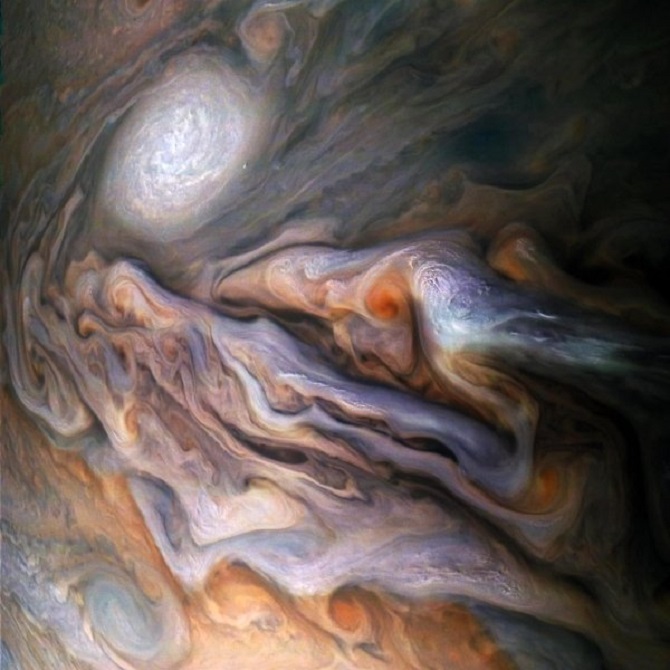
Astrophysicists use the term metallicity for Jupiter. It denotes the concentration of elements that are heavier than helium and hydrogen in various space objects. These elements are not actually metals, but scientists still call them that.
Jupiter is being studied by the Juno spacecraft, which constantly sends new data. This allows scientists to make their own discoveries. Some of the photos show hurricanes and clouds in the outer part of the planet’s gaseous envelope. Such observations allow us to look inside the shell of a gas giant and understand what is happening there.
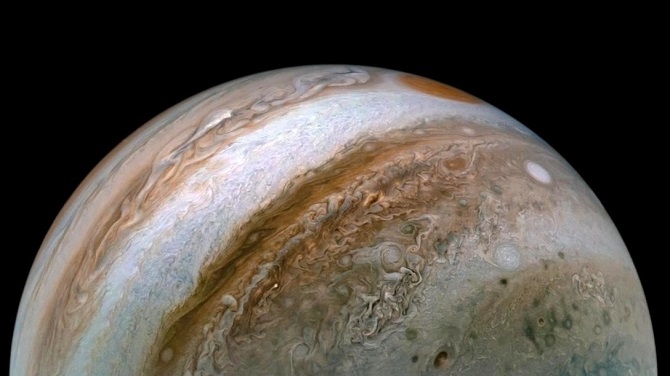
Using the data obtained, researchers led by Yamila Miguel from the Leiden Observatory concluded that the composition of the inner layers of Jupiter’s gaseous envelope is different from the outer. So, in it the elements are not as well mixed as previously thought, it is also not so homogeneous. Scientists were able to understand that the shell of the planet closer to the center contains more metals than its outer part. Their concentration ranges from 11 to 30 Earth masses. This is 3-9% of the total mass of Jupiter.
According to scientists, the high metallicity of the planet may indicate that planetesimals played a large role in its formation. These are space objects that are considered the precursors of protoplanets.
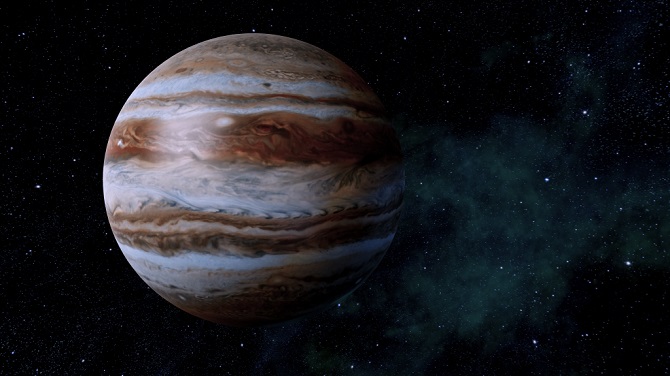
Yamila Miguel noted that in a gas giant like Jupiter, metals can appear at the time of its birth only due to the attraction of either small stones or large plenetesimals. Also, according to the scientist, the new study shows that on Jupiter there is no complete mixing of objects in different parts of the shell, as previously thought.


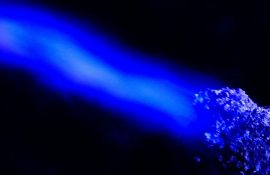

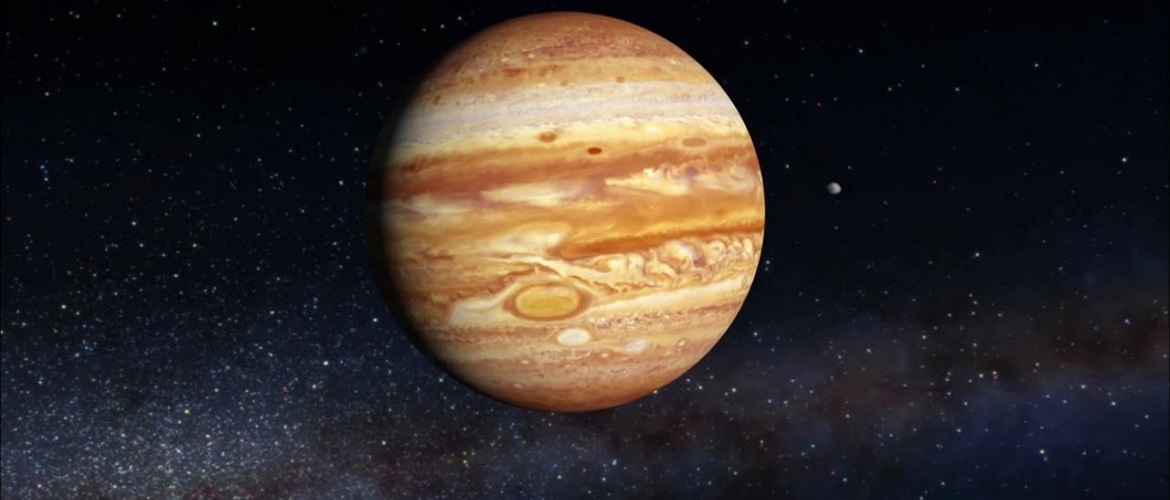
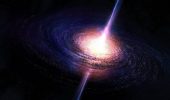

Only registered users can leave comments